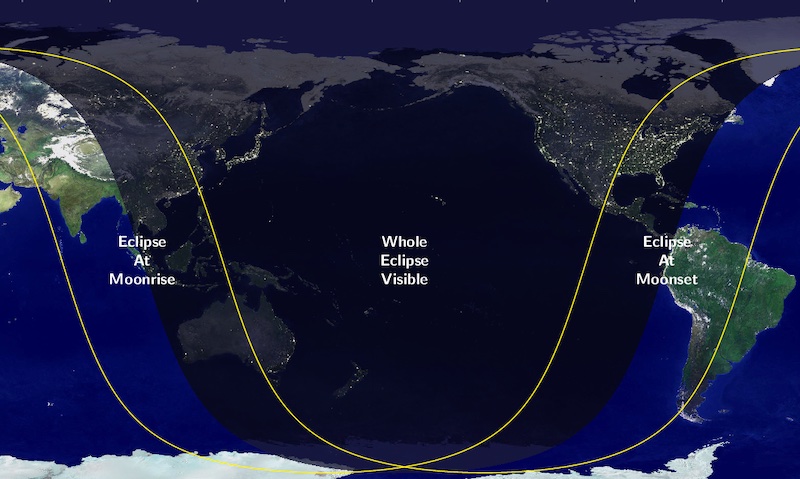
Total lunar eclipse
A total lunar eclipse will sweep across Asia, Australia, the Americas and the Pacific on November 8, 2022.
Penumbral eclipse begins at 08:02 UTC on November 8 (3:02 a.m. EST).
Partial eclipse begins at 09:09 UTC on November 8 (4:09 a.m. EST).
Totality begins (moon engulfed in Earth’s shadow) begins at 10:16 UTC on November 8 (5:16 a.m. EST).
Totality ends at 11:41 UTC on November 8 (6:41 a.m. EST).
Partial eclipse ends at 12:49 UTC on November 8 (7:49 a.m. EST).
Penumbral eclipse ends at 13:56 UTC on November 8 (8:56 a.m. EST).
Maximum eclipse is at 10:59 UTC on November 8 (5:59 a.m. EST).
Duration of totality is about 85 minutes.
Note: November 8, 2022, is Election Day in the U.S. And many are asking … when was the last total lunar eclipse on Election Day? Click here to read about lunar eclipses on Election Day.
A final note. Lunar eclipses are safe to view with the unaided eye. Binoculars and telescopes enhance the view, but aren’t required. Visit timeanddate.com to get eclipse timings from your location.
November 8 total lunar eclipse will be near Mars!
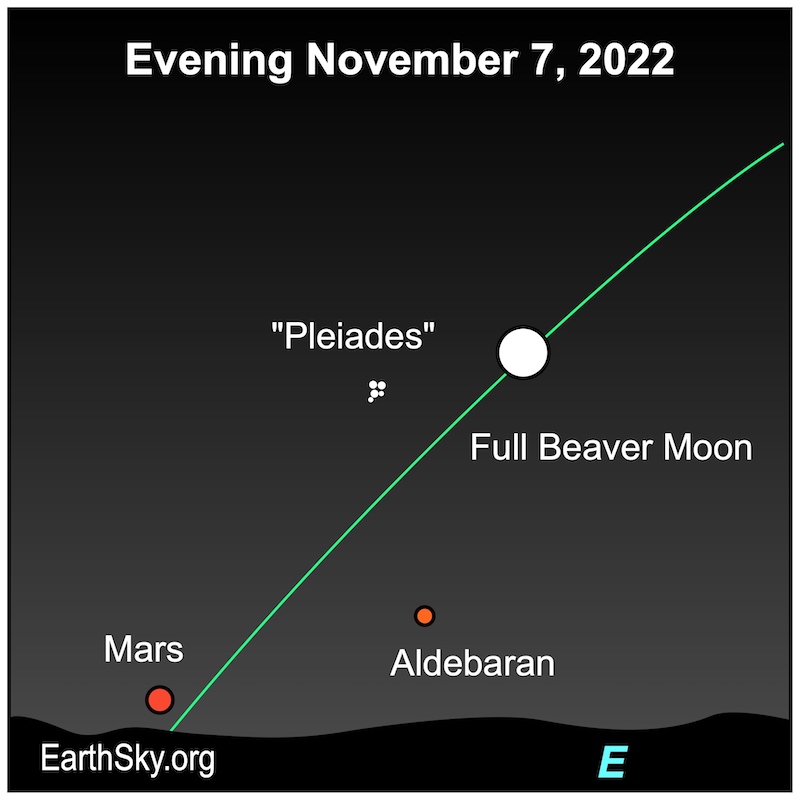
For some observers, an ISS transit during the eclipse
There’s a total lunar eclipse coming up the morning of November 8th.
Observers along this line, which passes through St Louis, will enjoy a transit of the @Space_Station during the eclipse (as currently predicted by https://t.co/zmshYNwPlM) pic.twitter.com/ovmieZqsox
— Christopher Becke (@BeckePhysics) October 22, 2022
The paths for ISS transits shift quite a bit from day to day. People remotely close to this line should be on the lookout too.
— Tony Dunn (@tony873004) October 23, 2022
More eclipse maps, November 8, 2022
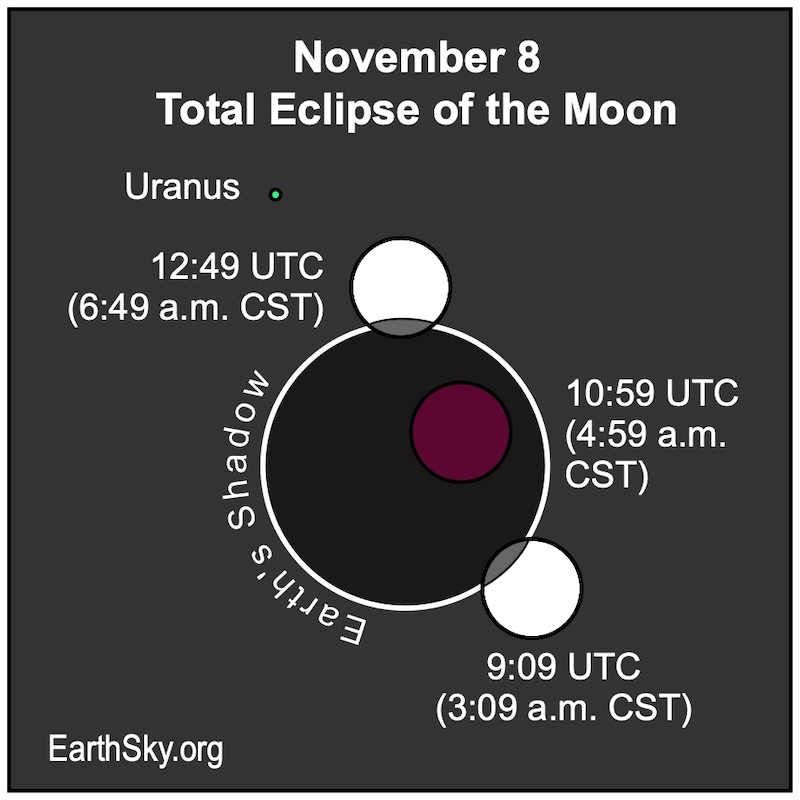
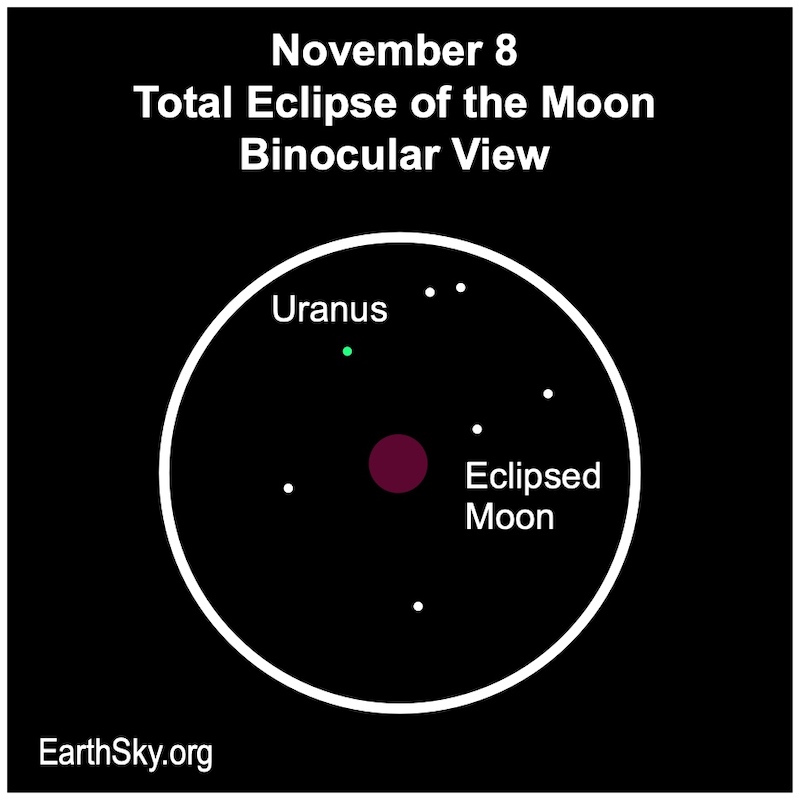
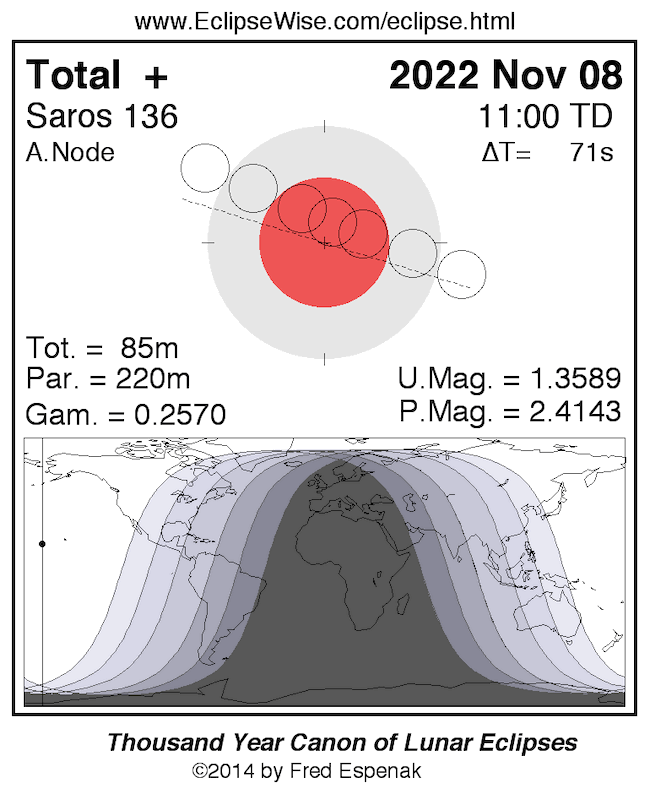
Moon, constellation, Saros
Greatest eclipse takes place 5.8 days before the moon reaches apogee, its farthest point from Earth for the month. So, it’s a relatively small-sized moon during this eclipse. During the eclipse, the moon is located in the direction of the constellation Aries.
The Saros catalog describes the periodicity of eclipses. This November 8 total eclipse belongs to Saros 136. It is number 20 of 72 eclipses in the series. All eclipses in this series occur at the moon’s ascending node. The moon moves southward with respect to the node with each succeeding eclipse in the series.
The instant of greatest eclipse – when the axis of the moon’s shadow cone passes closest to Earth’s center – takes place at 10:59 UTC (5:59 a.m. EST). This total eclipse is central, meaning the moon’s disk actually passes through the axis of Earth’s umbral shadow. During the eclipse, the moon is located in the direction of the constellation Aries.
Because they are so deep, such eclipses typically have the longest total phases. In this case, the duration of totality lasts almost an hour and a half: 85.7 minutes!
Next eclipse and eclipse seasons
The total lunar eclipse of November 8, 2022, is preceded two weeks earlier by a partial solar eclipse on October 25, 2022. These eclipses all take place during a single eclipse season.
An eclipse season is an approximate 35-day period during which it’s inevitable for at least two (and possibly three) eclipses to take place. The current October-November 2022 eclipse season features a partial solar eclipse on October 25 and a total lunar eclipse on November 7-8.
In 2023 we have another April-May eclipse season with a total solar eclipse on April 20, 2023, and a penumbral lunar eclipse on May 5-6, 2023. The October-November eclipse season includes an annular solar eclipse on October 14, 2023, and a partial lunar eclipse on October 28-29, 2023.
November full moon is the Beaver MoonCrest of the full moon falls at 11:02 UTC on November 8. That’s 5:02 a.m. CST, and it occurs during the midpoint of the total lunar eclipse.
All the full moons have popular nicknames. If the full moon in November falls before November 7, it is called the Hunter’s Moon. Otherwise, like this year, it is the full Beaver Moon. The name Beaver Moon recognizes that November is the time of year when beavers prepare their dens for the coming cold months and stock up on food. Other names for the November full moon include the Frost Moon because of the cold nights, and the Digging Moon because of the last chances of seasonal foraging by forest animals.
November full moon is in TaurusThe November full moon can lie in front of one of three constellations of the zodiac. Most years, as it does this year, it lies in Taurus. But it can also be in Aries as it will in 2025. Occasionally, it falls in Cetus the Whale, the sprawling constellation just south of Aries. The moon is roundest on the day when it is full, but the day before and the day after, it appears almost, but not quite, full.

Total lunar eclipse maps and data
- Detailed Lunar Eclipse Figure: eclipse geometry diagram and map of eclipse visibility (key to figure)
- Saros 136 Table: data for all eclipses in the Saros series
- Danjon Scale of Lunar Eclipse Brightness
- Eclipse map and animation
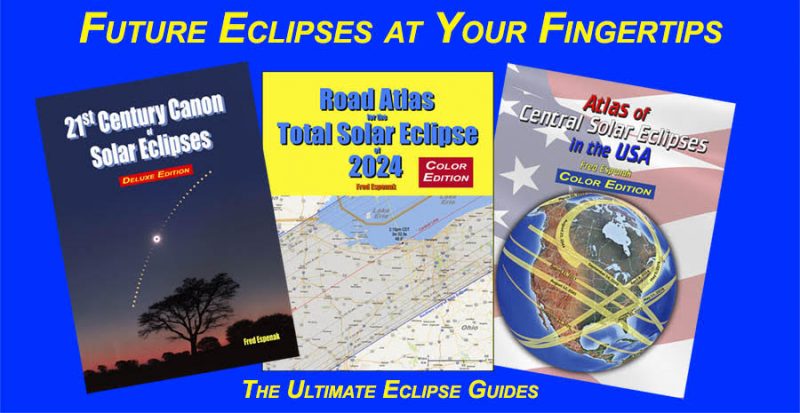
What a total lunar eclipse looks like from our EarthSky community
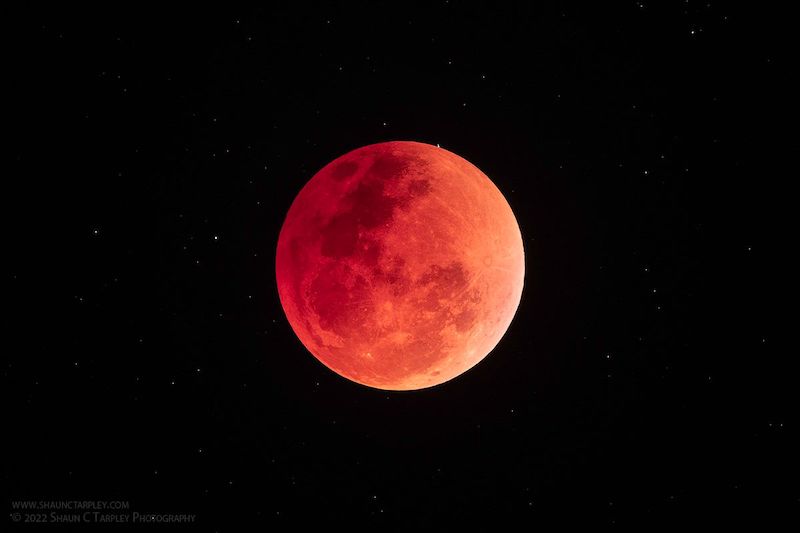
How to take photos of a lunar eclipse.
Submit your photo to EarthSky here.
Bottom line: It’ll be early morning in North America for the November 8, 2022 total lunar eclipse. The eclipse will be visible across Asia, Australia, the Americas and the Pacific.
Read more from EarthSky: Tides, and the pull of the moon and sun
See photos of the May 2022 lunar eclipse
See photos of the December 2021 solar eclipse
EarthSky’s monthly night sky guide: Visible planets and more
Read more: Total solar eclipse in North America April 8, 2024
The post Total lunar eclipse on November 8, 2022 first appeared on EarthSky.
0 Commentaires